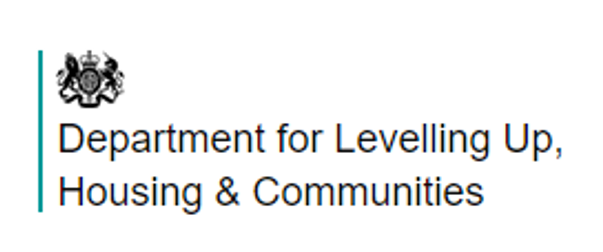One of my favourite reads last year was Tomas Hult’s Do managers know what their customers think and why? in the Journal of the Academy of Marketing Science. The beauty of the article was its simplicity, revealing how perceptions can vary between providers and recipients of services. Or in other words, the managers and the customers.
Based on 70,000 customer satisfaction surveys and over a thousand views from senior managers in customer-facing roles, the research suggests that managers generally fail to understand their customers in two important ways.
Firstly, they tend to systematically overestimate levels of customer satisfaction and loyalty. Secondly, their understanding of the drivers of customer satisfaction and loyalty are disconnected from those of their customers, particularly in areas around expectations and perceived value. One of the biggest disconnects was how managers underestimate customer perceptions of quality in driving satisfaction.
What’s the impact of overestimating customer satisfaction?
Managers who believe customers are happier than they actually are don’t act to improve the drivers of satisfaction, or the links between satisfaction and loyalty, says Hult. Even worse, they could make unnecessary or counter-productive changes. The outcome is wasting time and resources, and potential damage to future performance, both financial and operational, through inappropriate decision-making and action.
So, how do you understand your customers better?
His recommendation was that organisations must do more to ensure managers understand how customers perceive their products and services. A relatively easy solution is to incorporate a systematic method of regular customer feedback. This should be integrated to inform day-to-day service delivery as well as wider operations management, long-term strategy and ongoing innovation and change.
How can your organisation confidently approach positive, negative (or challenging) feedback?
If you’ve set up a top-quality customer feedback system (like those provided by Acuity), it can be challenging to learn that customers don’t think as highly of your services as you do. After all, nobody (or very few people!) goes to work to do a poor job, and your staff are often highly experienced and trained professionals. They are rightly proud of the services they deliver – how could their perceptions be ‘incorrect’?
In my opinion, the key is to be a learning organisation, encouraging staff to be learning individuals. This means being always open to new opinions and information, and being able to capture the ‘customer voice’ through collecting and analysing thousands of opinions in a high-quality yet simplified way. (This may seem daunting – but if you’d like to know more about the tailored support Acuity can provide look at the resident satisfaction section on our website or email me for a chat.)
The outcome is that you can quickly understand what customers – or residents – think overall, how close your organisation is to achieving its service requirements, and what operational changes would most increase customer satisfaction.
Hult’s research is a timely reminder that many companies and organisations don’t fully address this, and don’t fully maximise the value and advantages that customer feedback offers. Don’t be one of them!
To quote Jeff Bezos, CEO and founder of Amazon, “If there’s one reason we have done better than our peers in the Internet space over the last six years, it is because we have focused like a laser on customer experience, and that really does matter, in any business.”







Comments are closed.